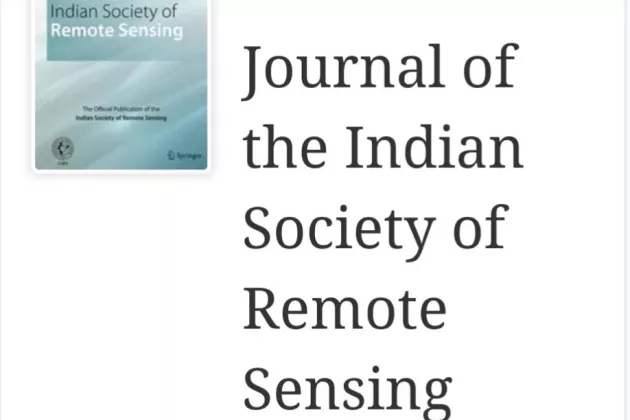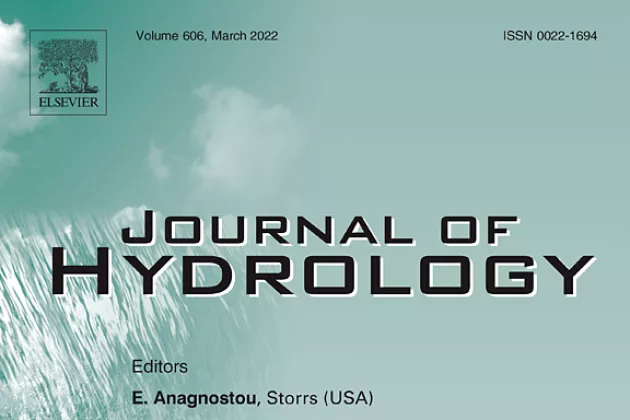Global warming is one of the most important environmental issues from the last few decades and is causing climate change due to carbon dioxide (CO2) emissions and other greenhouse gases (GHG) emissions. Therefore, examination of atmospheric CO2 concentration (XCO2) variations on the local and global scale is critical. The purpose of this research was to analyze the role of environmental variables in the seasonal distribution of XCO2 from 2015 to 2021 across Iran. Initially, by using XCO2 data acquired from the OCO-2 satellite, yearly and seasonal Spatio-temporal XCO2 distribution maps were developed. Subsequently, to understand the role of environmental variables on the Spatio-temporal variations of XCO2, the correlation of XCO2 with vegetation cover, precipitation and temperature were examined in different seasons. The annual increase of XCO2 can be observed, the concentrations in each year in all the areas were higher than those in the previous year. There was a different pattern of the spatial distribution of XCO2 in different seasons. In the growing seasons (spring and summer), the critical role of environmental variables in the north and west of Iran caused reaching XCO2 to the minimum amount. While in the cold seasons (autumn and winter) due to the decrease of vegetation cover, the XCO2 did not decrease in these areas. Furthermore, finding the correlation of XCO2 with environmental variables revealed that XCO2 had a significant correlation with these variables in the growing seasons. These correlations showed that the region with low vegetation coverage and precipitation and high temperature, which is situated in the south and east of Iran had the maximum amount of XCO2. Our results suggested the potential of satellite data for producing Spatio-temporal distribution maps that will help us to a better understanding of the carbon cycle at a regional scale.
Analyzing Carbon Dioxide Concentrations in Iran

CMES scholar Amir Naghibi has co-authored the paper "Examining the Role of the Main Terrestrial Factors Won the Seasonal Distribution of Atmospheric Carbon Dioxide Concentration over Iran" together with Seyed Mohsen Mousavi (Shahid Beheshti University), Naghmeh Mobarghaee Dinan (Shahid Beheshti University, Saeed Ansarifard (Institute for Research in Fundamental Sciences), Faezeh Borhani (University of Tehran) and Keyvan Ezimand (Shahid Beheshti University), published in the Journal of the Indian Society of Remote Sensing.




